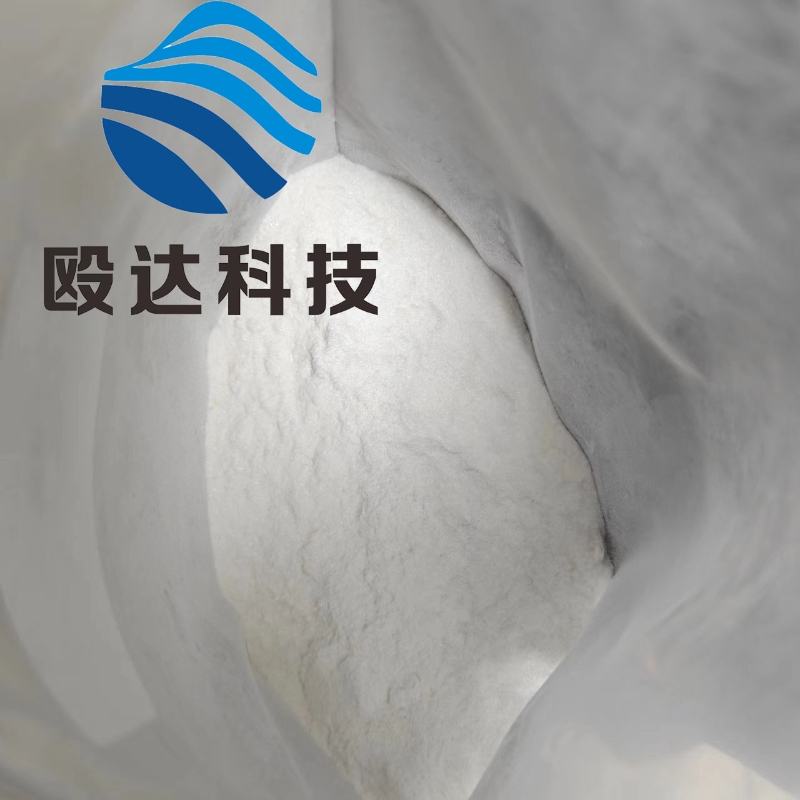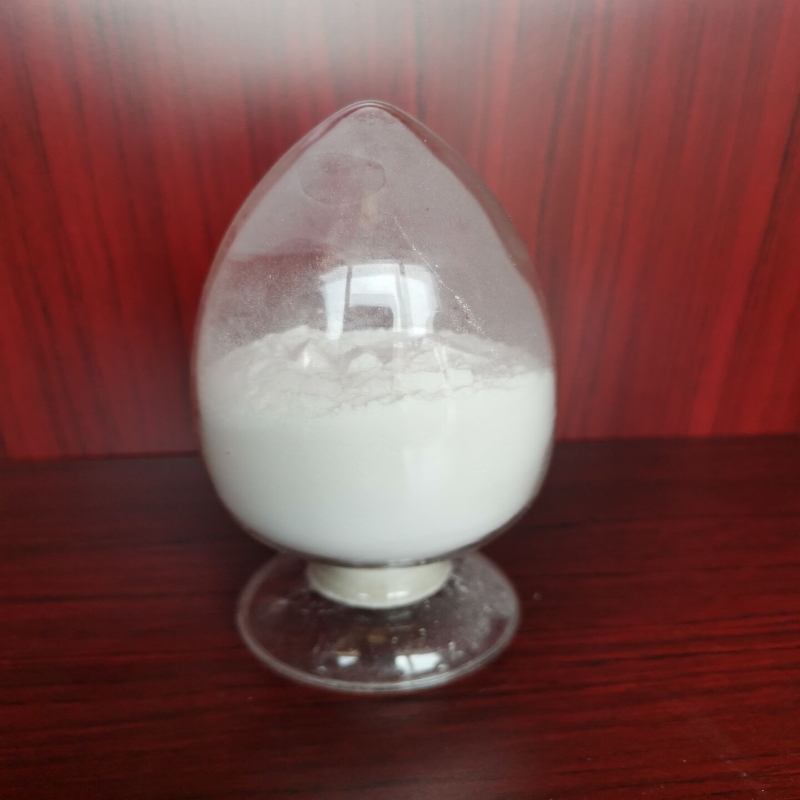-
Categories
-
Pharmaceutical Intermediates
-
Active Pharmaceutical Ingredients
-
Food Additives
- Industrial Coatings
- Agrochemicals
- Dyes and Pigments
- Surfactant
- Flavors and Fragrances
- Chemical Reagents
- Catalyst and Auxiliary
- Natural Products
- Inorganic Chemistry
-
Organic Chemistry
-
Biochemical Engineering
- Analytical Chemistry
- Cosmetic Ingredient
-
Pharmaceutical Intermediates
Promotion
ECHEMI Mall
Wholesale
Weekly Price
Exhibition
News
-
Trade Service
April 15 this year is the 8th International Pompeii Day.
According to estimates by the World Health Organization, there are currently 6000-8000 rare diseases in the world, affecting the lives of up to 400 million patients
.
Rare diseases are closely related to everyone.
Pompe disease is an inherited lysosomal storage disorder caused by a lack of acid α-glucosidase (GAA).
The reduced or absent level of GAA leads to the accumulation of glycogen as a substrate in muscle and other tissues lysosomes Therefore, it is also called type II glycogen accumulation disease, which is a rare disease
.
The global prevalence of newborns is about 1/40,000, but it varies in different countries or regions
Clinical manifestations of Pompe disease
Late-onset Pompe disease (LOPD) begins after 1 year of age.
The clinical manifestations are often weakness of walking and dyspnea.
Patients often die of respiratory failure
.
Failure to diagnose and treat in time will result in irreversible damage to the patient’s muscle tissue, decline in body function, disability, and premature death
Difficulties in diagnosis and treatment of Pompe disease
Pompe disease is one of the few rare diseases that can be treated with medicine.
The marketed injection of arabinosidase alpha is a drug used to specifically treat Pompe disease.
However, the current difficulty in the diagnosis and treatment of Pompe disease lies in the delay in diagnosis
.
From the "Survey Report on the Survival Status of Pompe Patients", 84.
4% of the 200 cases of Pompe disease patients that have been discovered in China have experienced misdiagnosis, and 75% of the patients have to go through 3 or more.
The hospital can be diagnosed
.
Another study showed that patients with late-onset Pompe disease delayed the diagnosis for an average of 7 years
Therefore, raising public awareness and paying attention to identifying the early symptoms of Pompe disease is conducive to the diagnosis and timely treatment of Pompe disease patients
.
Pompe disease treatment
Treatments for Pompe disease mainly include enzyme replacement therapy, gene therapy and oligonucleotides
.
Enzyme replacement therapy (ERT) is currently the only approved therapy
Lumizyme (Aglucosidase Alpha) is the first generation ERT developed by Sanofi and has been approved for the treatment of Pompe disease
.
Avaloglucosidase alfa is the second-generation aglucosidase alfa ERT, which is specifically designed to enhance receptor targeting and enzyme absorption through greater affinity for M6P receptors on muscle cells to enhance glycogen clearance And improve the clinical efficacy of aglucosidase alpha
On November 17, 2020, the U.
S.
Food and Drug Administration (FDA) has accepted and granted Sanofi the priority review of the Biological License Application (BLA) submitted by Sanofi regarding Avalglucosidase alfa for the treatment of Pompe disease as a long-term enzyme replacement therapy Qualification
.
The FDA is expected to make a review decision before May 18, 2021
This approval is based on a study called COMET
.
This is a randomized, double-blind, head-to-head Phase III study that enrolled 100 children and adults with late-onset Pompe disease who had not previously received treatment at 56 centers in 20 countries
The data showed that compared with standard care drugs (95% CI, -0.
13/4.
99), patients treated with avalglucosidase alfa increased the predicted FVC percentage by 2.
4 percentage points, and the numerical improvement in respiratory function exceeded the non-inferiority of the study design Index (p=0.
0074)
.
The primary endpoint also measured superiority, showing that the superiority of avalglucosidase alfa was not statistically significant (p=0.
0626)
.
Therefore, according to the tiered system of the research protocol, no formal statistical test was performed on all secondary endpoints
.
A key secondary endpoint in the study was the 6-minute walk test (6MWT) to measure mobility
.
Patients treated with avalglucosidase alfa walked 30 meters longer than patients treated with standard care medications (95% CI: 1.
33-58.
69)
.
Other secondary endpoints assessed respiratory muscle strength, motor function, and quality of life
.
The results showed that avalglucosidase alfa showed clinically significant improvements in respiratory function and mobility, which were measured by the recognized standard prognostic indicators of Pompe disease
.
Once approved, it is expected to become the new standard treatment for Pompe disease patients
.
Although Pompe disease is rare, it has gradually attracted people's attention
.
Pompe disease is also one of the few rare diseases that can be cured
.
I hope that patients with Pompe disease can be diagnosed and treated earlier in the future, and that more specific treatment drugs will come out in the near future, which will bring more hope to patients!
references:
1.
Expert consensus on the diagnosis and treatment of glycogen storage disease type Ⅱ, Chinese Medical Journal, 2013;93(18): 1370-73;
2.
Kishnani PS, et al.
Am J Med Genet.
2013, 161A:2431-2443;
3.
Hagemans ML, Winkel LP, Hop WC, et al.
Neurology, 2005,64(12):2139-2141;
4.
Sanofi's investigational enzyme replacement therapy shows clinically meaningful improvement in critical manifestations of late-onset Pompe disease.







